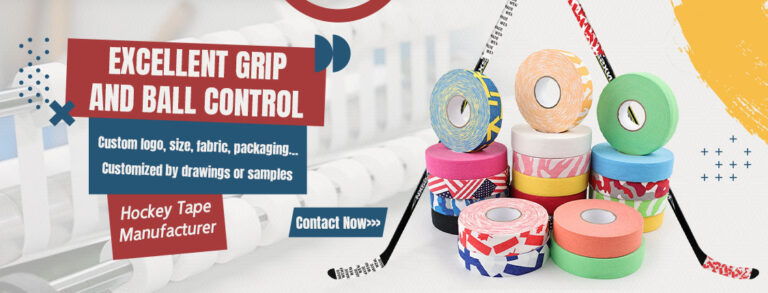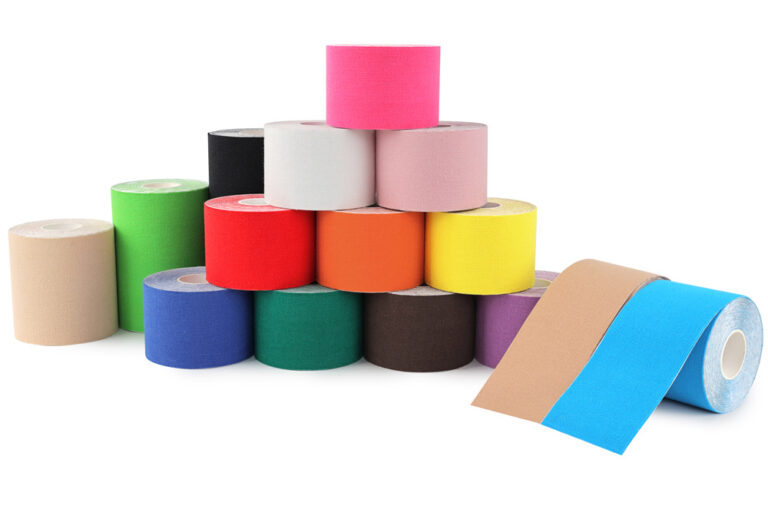The past and present of white athletic tape
The white athletic tape was first invented by Dr. Kenso Kase, D.C. in Japan in the late 1970s.
The name comes from the prefix of the English word “Kinesiology”, and the domestic translation is “Intramuscular effect”, domestic professionals are often referred to as intramuscular effect stickers, muscle energy stickers, muscle stickers, etc.
The original intention of the design is to maintain a certain range of motion of the joints while having a certain protective effect on the musculoskeletal and joints, and also to create an independent theoretical system.
This kind of white athletic tape dwas first known to the domestic public, and it came from a close-up shot of the shoulders of American player Kerry Walsh during the BOC broadcast of the women’s beach volleyball match at the 2008 Beijing Olympics.
There is no doubt that Balotelli in the World Cup also contributed to the promotion.
And sports enthusiasts really began to understand this kind of white athletic tape, mostly from the attention of the black object around the right knee of Li Na, the first tennis sister.
But this still can’t stop Sister Na from retiring because of the wear and tear of knee cartilage.
There is also a white athletic tape attached to the London Olympics that still can’t protect the torn Achilles tendon of the flying man.

The structure of the white athletic tape
The white athletic tape is divided into three layers: the outermost layer is a breathable and elastic waterproof cotton cloth (so the patch can be stretched within a certain limit, up to 130-150%), the middle layer is usually acrylate hypoallergenic Glue (acrylic adhesive), the inner layer is backing paper.
The rubber surface of the middle layer is distributed in the shape of water ripples (the width, spacing, wavelength and amplitude of the ripples are all specified).
The glue coated on the qualified white athletic tape should pass the biocompatibility test, generally it is not easy to cause skin allergy and does not contain pharmaceutical ingredients.
Officially claimed physiological effects and mechanisms
*Neuropathic application (stretch below 30%): relieve pain, improve circulation, reduce edema
* Structural application (stretch more than 30%): support soft tissue, relax soft tissue, train soft tissue, correct posture, enhance joint stability.



